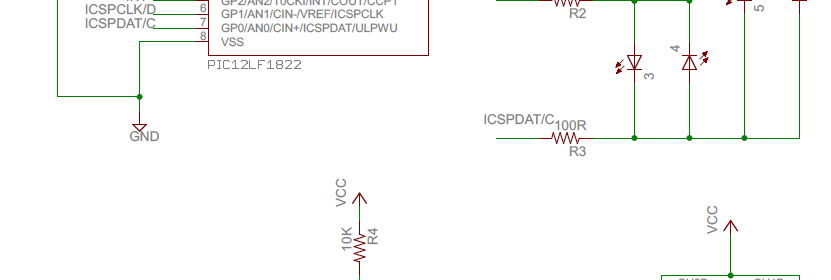STM32 – Prior to Start

STM32 ARM-based micros from STMicroelectronics pack high density resources than any other conventional microcontroller. They are also high speed devices, operating typically at 72MHz and beyond. Despite several advanced features and heavy resources, they turn out to be misfortunes for beginners who wish to play with them. Available in market are several cool STM32 boards but most of them are not well documented. The aim of this document is to address some common FAQs. Typically most people ask the following question: How to program the STM32 micro embedded in my development board? What tools do I need to get started?
Read more


